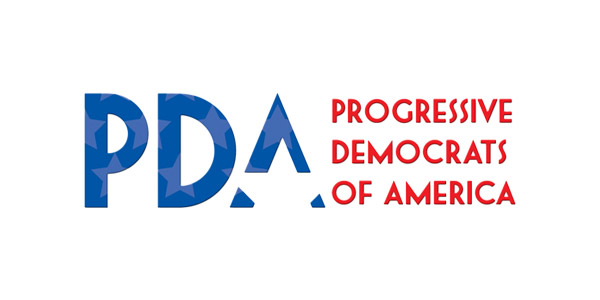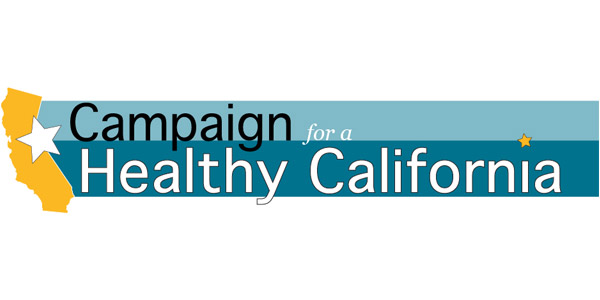
Hospitals Should Be Care Providers Not Loan Sharks

If there is one problem that symbolizes the ongoing national healthcare emergency, it is the rampant price gouging in the healthcare industry that continues to price too many Americans out of access to care and into financial ruin.
Not only is the problem not solved by the Affordable Care Act, but it is a likely reason many will continue to demand more effective reform, as in expanding and extending Medicare to cover everyone.
Predatory pricing practices can be found nearly everywhere in healthcare, by the drug companies, insurance companies, medical suppliers, outpatient clinics, boutique medical services, and many others as chronicled this spring in Time magazine.
U.S. hospitals are among the biggest abusers, as illuminated in recent data released by Medicare on hospital charges for a variety of common procedures as well as brand new findings by the Institute for Health and Socio-Economic Policy, the research arm of the National Nurses United, based on Medicare cost reports. (See charts here)
The nurses’ data augments the Medicare findings, and goes the next step, illustrating a trend of rising high hospital charges while providing context to a very ugly picture and the deplorable impact on anyone who needs healthcare.
Here’s the sobering numbers:
• U.S. hospitals charge on average $331 dollars for every $100 of their total costs, in statistical terms a 331 percent charge to cost ratio.
• While hospital charges over costs have been climbing steadily over the past 15 years – the charges took their biggest leap ever in 2011- a 22 point vault.
• From 2009 to 2011 (the most recent year for which the data is available), hospital charges lunged upward by 16 percent, while hospital costs only increased by 2 percent.
• U.S. hospital profits, pushed upward by the high charges, hit a record $53.2 billion, while nurses see more and more hospitals cutting patient services and limiting access to care.
• One case study is California where hospitals soared past the national average with a charge to cost ratio of 451 percent, or $451 for every $100 of costs.
That similar pricing practices occur elsewhere in the healthcare industry is hardly an excuse for the private hospitals to act more like Wall Street corporations than responsible, community based institutions. It should be no shock that the lowest charges are by government-run hospitals that operate in public, not in secret, and have far more accountability and transparency.

Hospitals ought to act as responsible providers of needed medical care, not loan sharks. Piling up profits in large part by jacking up prices is at sharp odds with the glossy feel good ads from hospitals we see so often on our TV screens, newspaper pullouts, sponsorship of sports teams, and on mass transit placards.
Hospital lobbyists have tried for years to convince us all that predatory pricing policies don’t matter. These are just “list” prices that few people actually pay, they claim, and it is a random phenomenon that two hospitals in the same city, or even on the same block, might have widely varying prices for similar patient services.
But the grotesque reality tells a different story.
We’re not the only ones who think so. As Glenn Melnick, a USC health economist, told a reporter, “If (hospital prices are) meaningless how come hospitals spend all this money on consultants to raise them? Why haven’t they stayed flat for the past 15 years? Why do hospitals keep raising them if they have no impact?”
While it is true that major payers seldom pay the list price, hospitals typically bargain with insurance companies over reimbursements. Anyone who has ever bought a car knows that the higher the list price, the more you end up paying. That’s true with hospital charges as well.
The inevitable result is insurance companies respond by ratcheting up their charges to employers and individuals. In California, for example, since 2002, premiums have risen 170% — more than five times the inflation rate, as noted in a California Healthcare Foundation survey last month.
An alarming, if predictable ripple effect follows. As the CHF survey noted, in the past decade, the percentage of California employers providing health coverage dropped from 71 to 60 percent; 21 percent said they’d increased workers’ co-insurance premiums while 17 percent said they had reduced benefits or increased other out of pocket costs. More than one-fourth of workers in small firms have deductibles of $1,000 or more on their health plan.
Then there’s the uninsured who do not have the collective clout to bargain down the list price. Hospitals say they write off a lot of those bills, but clearly not all of them. How many distressing stories have we all heard about patients staggered by $50,000 or $100,000 un-payable medical bills while being hounded by the hospitals or bill collection agencies to pay up.?
Patients and families, even those paying for insurance, have a stark choice. Use your health coverage and get socked with huge out of pocket costs that may mean choosing between medical bill or filling prescriptions and housing costs, food, or other necessities, or facing financial calamity, or forgo needed care.
As the Washington Post recently noted, the Affordable Care Act has not ended the deplorable story of medical bills accounting for more than half of all personal bankruptcies in the U.S.
Even many of those now paying for health insurance either through their employer or as individuals, or who will be required to buy insurance under the ACA, choose not to use it because of the high co-insurance, deductibles, co-pays, and all the add ins that get thrown in by the hospitals, such as professional fees, facility fees, pathology fees, anesthesia fees, and so on.
A 2011 Commonwealth Fund study found that the U.S. stands out among high income countries with as many 42 percent of Americans skipping doctors’ visits, recommended care, or not filling prescriptions due to cost. 
Consequently, people end up in emergency rooms for medical problems that should have been resolved earlier at far less cost and pain. It is also why two recent reports disclosed that the U.S. has the lowest life expectancies and the highest first day infant death rate among major industrial countries.
It’s long past time to fix this nightmare, and sadly the ACA won’t meet that test. At a minimum we need to crack down on price gouging by all the corporations that control our health, with real penalties for lack of compliance.
But a longer vision is needed. Replace our profit focused health care system with one based on patient need and quality care as all those other countries with national or single payer systems that surpass us in access, quality, and cost, have long figured out.
Written by Deborah Burger. First appeared in The Huffington Post, 5/17/13











